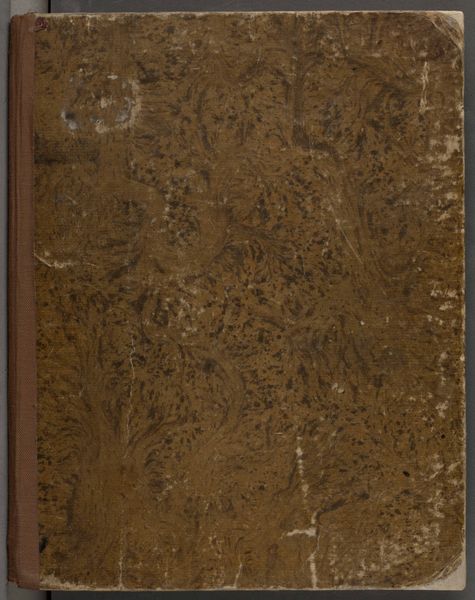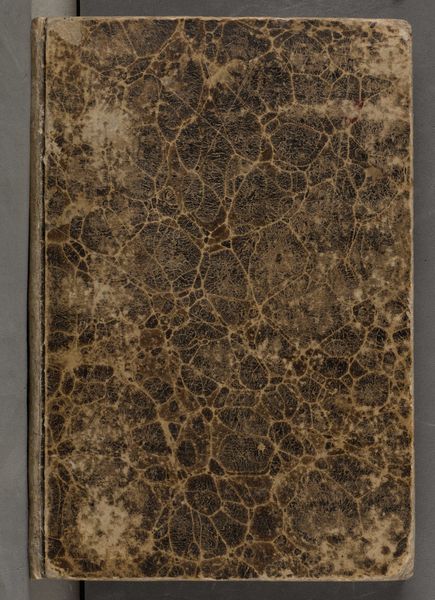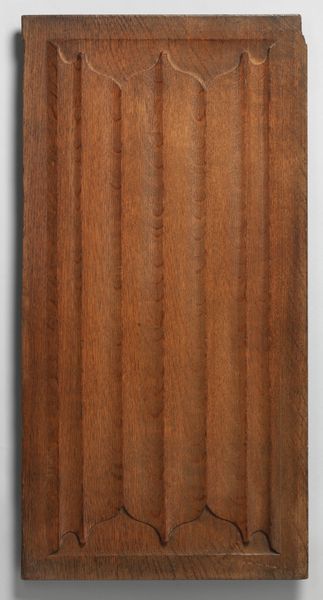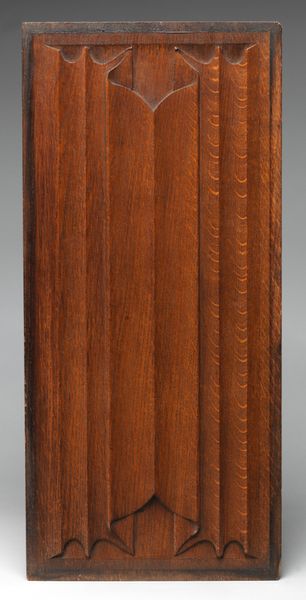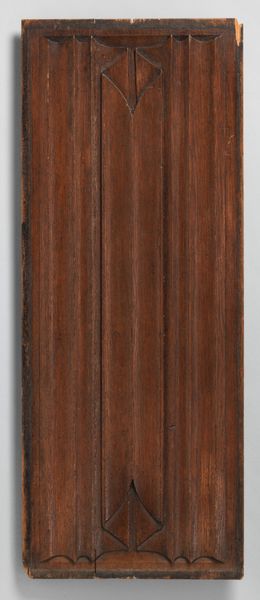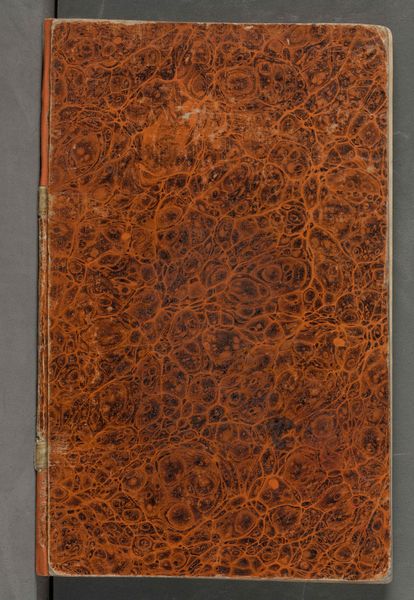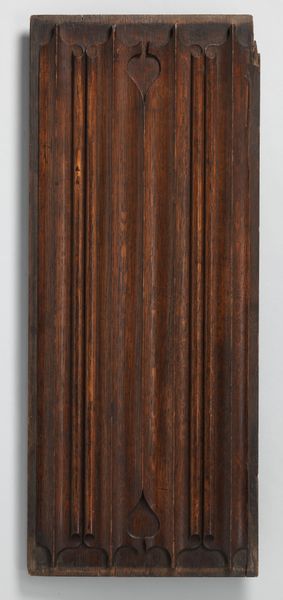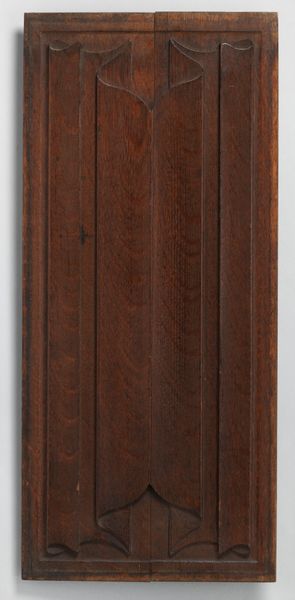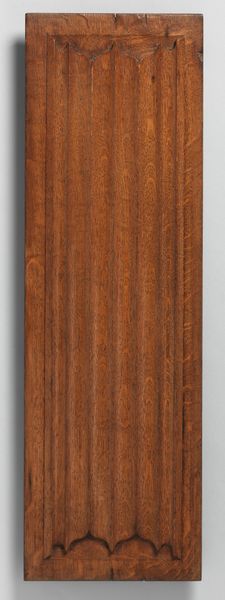
Map met documenten en fragmenten behorend bij Malle Babbe 1930 - 1940
0:00
0:00
drawing, paper, impasto
#
drawing
#
paper
#
impasto
Dimensions: height 80 cm, width 64.5 cm, depth 2.5 cm
Copyright: Rijks Museum: Open Domain
Curator: Here we have "Map met documenten en fragmenten behorend bij Malle Babbe" (Map with documents and fragments belonging to Malle Babbe), a drawing created on paper, around 1930 to 1940, attributed to Han van Meegeren. It’s currently held here at the Rijksmuseum. Editor: Well, first impressions—it feels incredibly muted, almost melancholic, this swirling surface on the map, it hides something I'd say, something almost ominous is happening underneath. It is a big impasto on paper that shows a lack of attention. I do like its earthiness though, those dark browns. Curator: Considering the period and van Meegeren’s controversial reputation as a forger, this "map" likely played a part in constructing a false narrative. Such strategies would certainly contribute to a lucrative industry. Editor: Yes, and let's think about the labor here—the choices around material reflect its intended consumption. Impasto application on paper isn't traditional for cartography, which feels intentionally crude for quick and profitable gains. He's almost mass-producing authentication itself. Curator: Exactly. Van Meegeren wasn't just creating art; he was manufacturing art history and influencing art markets to enhance his wealth. The drawing materials, though traditional, gain power due to their fraudulent function. Editor: This is how it speaks to us still: it challenges the preciousness often associated with drawings. The map, even with its sombre appeal, forces us to confront art's complicated relationships with the economic and historical moment of its creation and distribution. Curator: Indeed. Considering its contentious origins, perhaps it would be more illuminating to view this document as a critique of the art establishment of his era rather than a purely aesthetic product. Editor: A fascinating case study showing us the power of materials wielded under specific economic and political tensions. The act of forgery and the intention with which the map was fabricated definitely takes its significance beyond merely artistic or technical virtuosity.
Comments
No comments
Be the first to comment and join the conversation on the ultimate creative platform.
